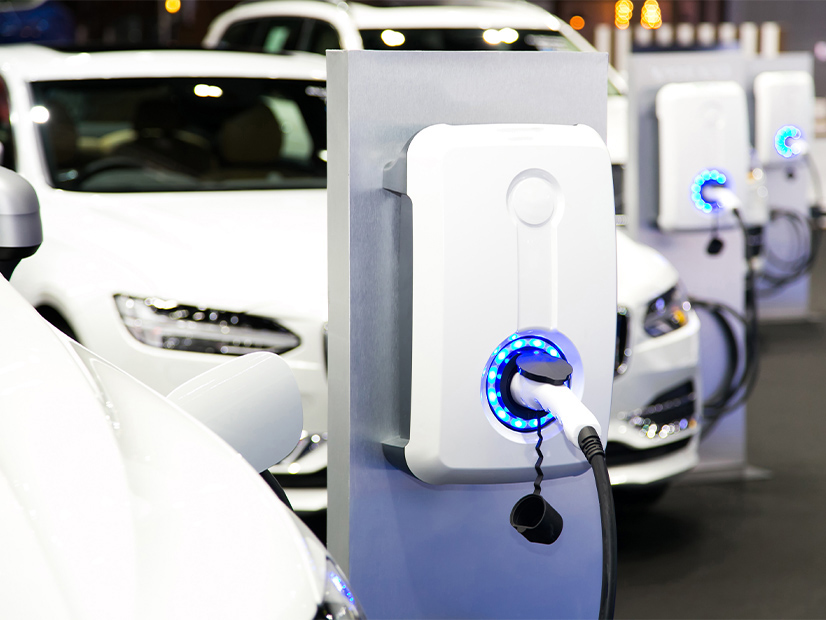
A new report finds that U.S. zero-emission vehicle sales meet industry expectations set upon passage of the Inflation Reduction Act but utility-scale clean electricity expansion falls short.
If the power sector continues to lag, it could jeopardize the greenhouse gas emissions reductions that were a central goal of the IRA, the authors write.
The greatest barriers to clean energy deployment no longer are monetary, the authors say, but more intractable and longer-running issues such as siting and permitting delays, interconnection queue backlogs and supply chain shortages.
“Clean Investment in 2023: Assessing Progress in Electricity and Transport” was released Feb. 21 by the Clean Investment Monitor (CIM), a joint project of Rhodium Group and MIT’s Center for Energy and Environmental Policy Research.
CIM was launched in September 2023 to track public and private investment in technologies covered by the Infrastructure Investment and Jobs Act of 2021 and the IRA in 2022.
The new report draws from the CIM database to compare 2022 and 2023 progress toward IIJA and IRA goals against the widely cited projections created by Energy Innovation, the REPEAT Project at Princeton University and Rhodium Group.
All scenarios the three entities modeled showed a 37 to 42% GHG reduction by 2030 relative to 2005 levels, which fits with the IRA authors’ stated goal of a 40% reduction by 2030.
CIM data suggest zero-emission vehicles (ZEVs), mostly battery electric models, accounted for 9.2% of U.S. light-duty vehicle sales in 2023; the three entities had predicted 8.1 to 9.4%. There were 1.43 million ZEVs sold in 2023 in the U.S.; in 2020, the Energy Information Administration had projected 580,000 ZEVs would be sold in 2023.
The authors say the year-over-year growth in sales volume is likely to decline from the scorching 50% increase in 2023 but add that 50% sustained annual growth never was expected after the IRA’s passage and is not needed in order to meet the 40% GHG reduction.
Expansion of clean energy generation, by contrast, is not happening fast enough, the authors say. The 32.3 GW of carbon-free generating capacity added to the U.S. grid was a new record and a 32% expansion over 2022, but it is not enough to meet the three entities’ projections of what is needed to achieve 40% GHG reduction by 2040.
Those projections call for 60 to 127 GW in 2024 and 70 to 126 GW per year from 2025 to 2030.
At the start of this year, 60 GW of new renewable capacity was projected to come online in 2024, but early-year projections of late-year start-up dates tend to be inaccurate, the authors state, and it’s likely that considerably less than 60 GW of capacity will be added this year.
Addressing delays in siting, permitting, supplies and interconnection will be critical if the nation is to achieve the full potential of the IRA, the authors write.

